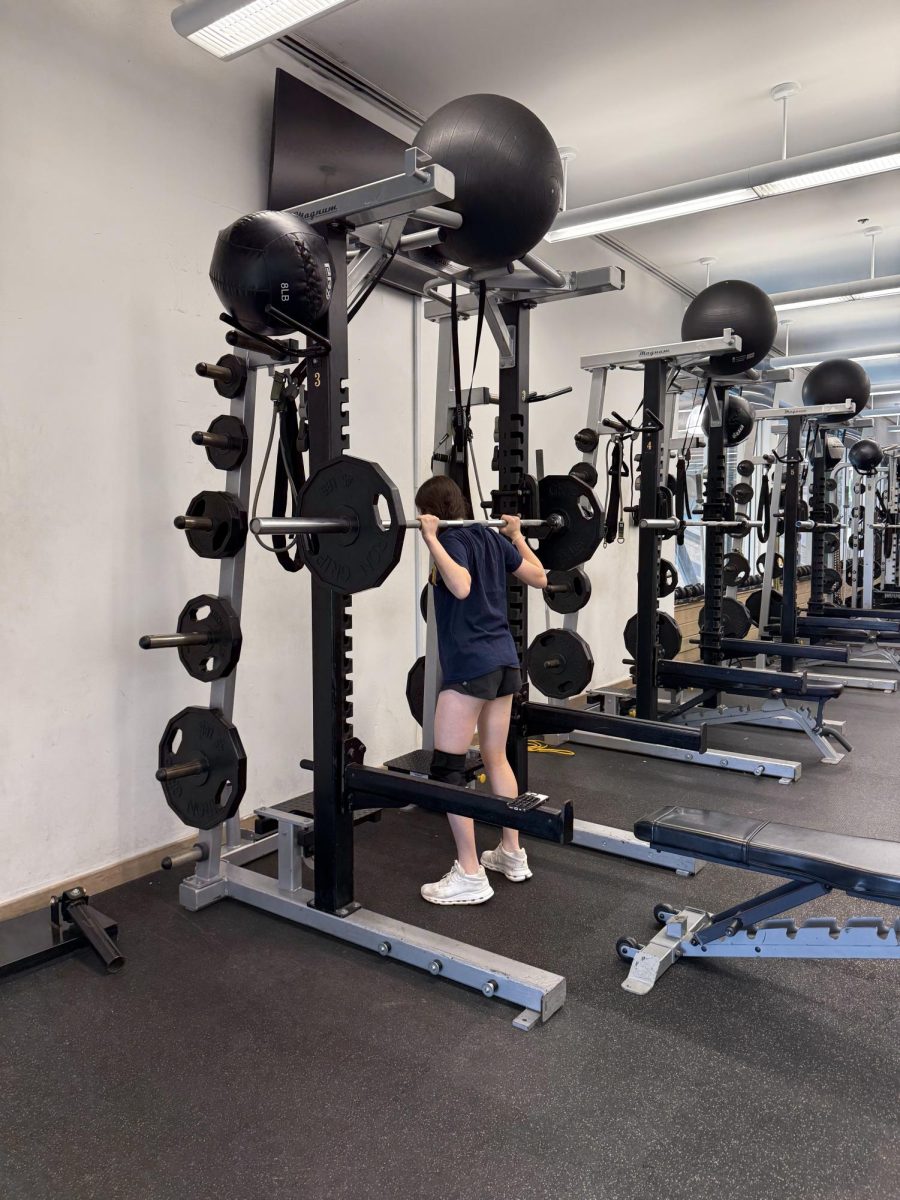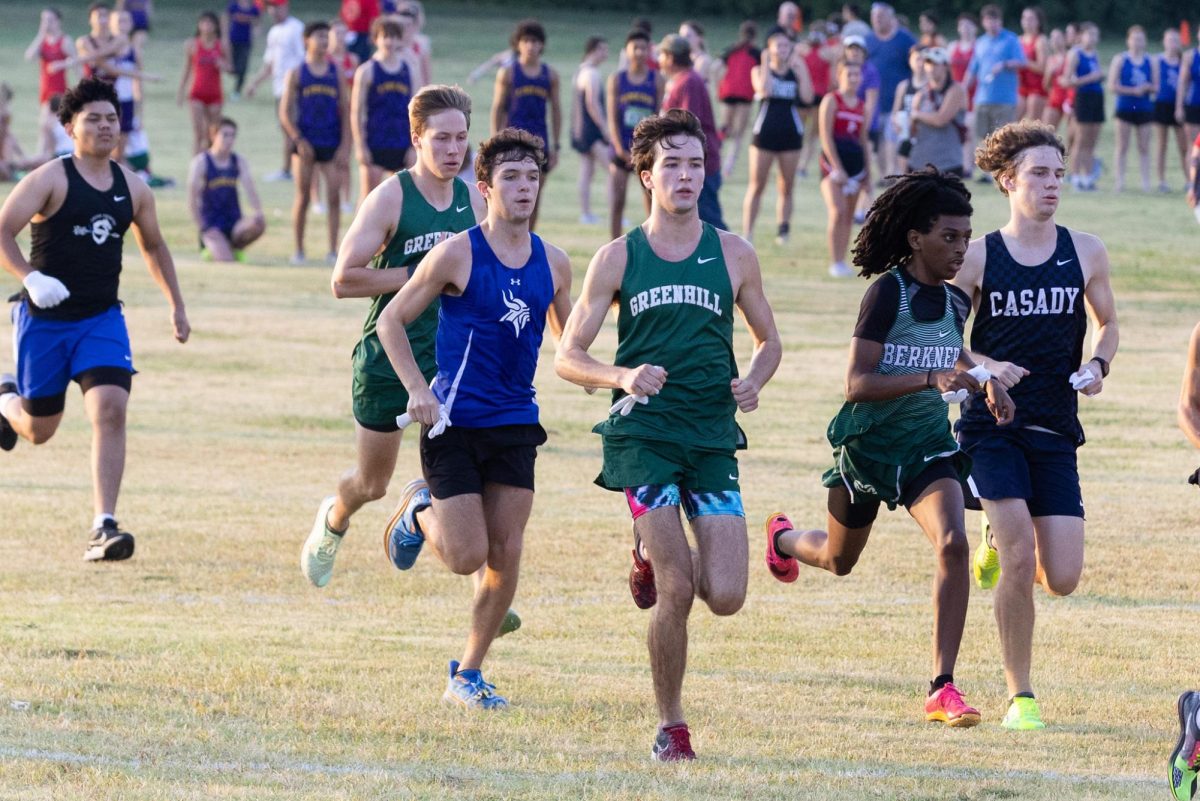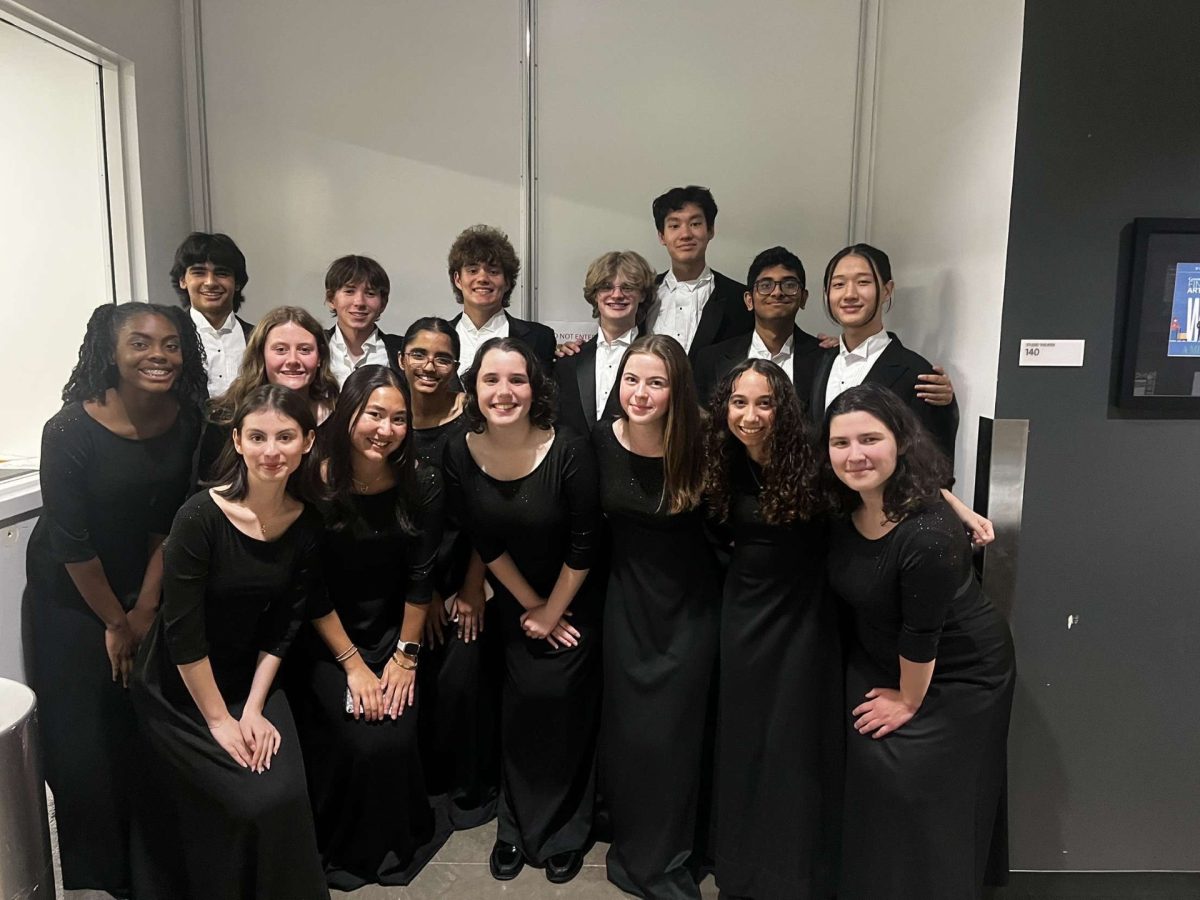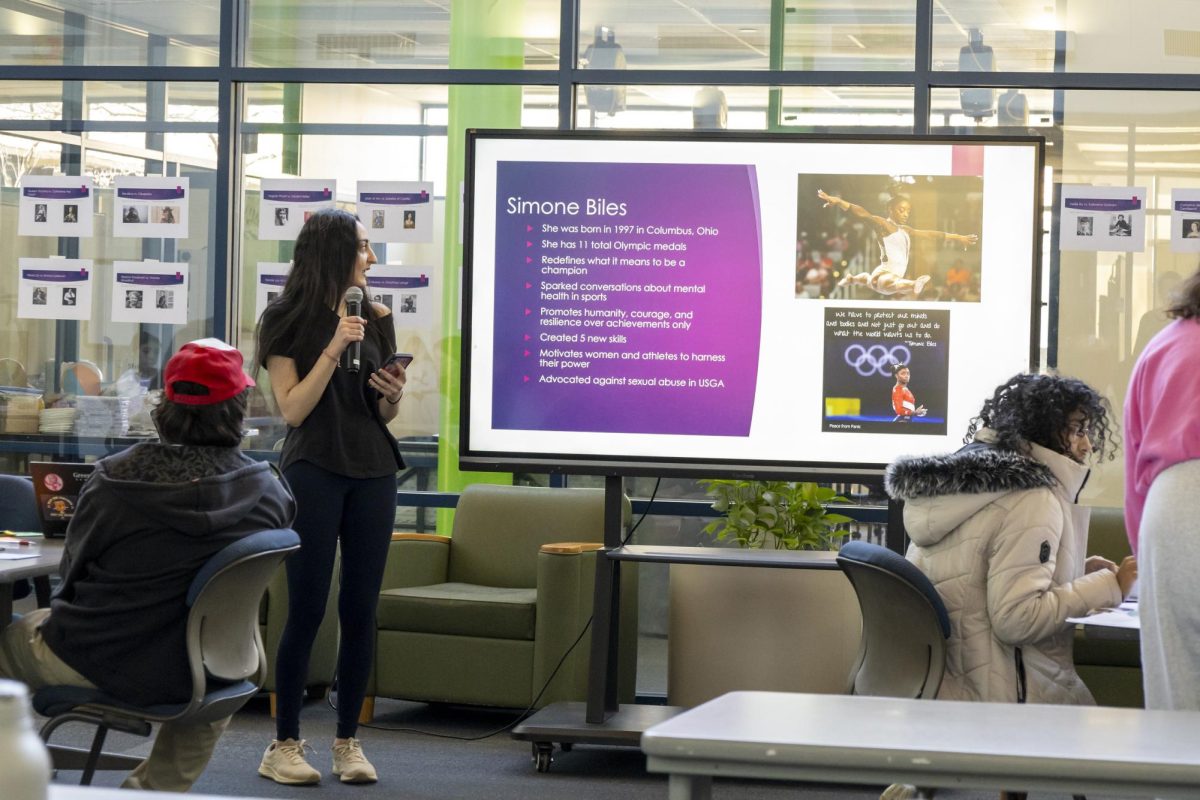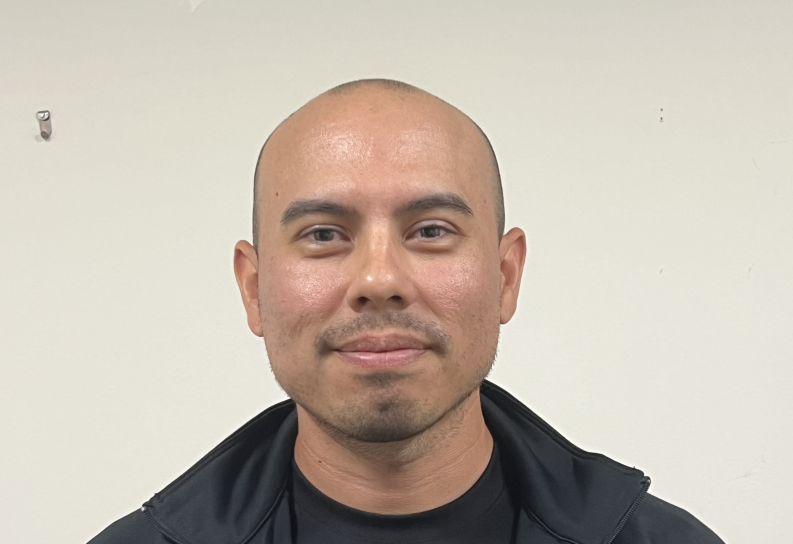A Necessary Balance
why we need hybrid learning now more than ever
Junior Caroline Vos shares her thoughts on the full return to campus in January.
December 18, 2020
While COVID-19 cases skyrocket and the country prepares for what officials have promised to be “a dark winter,” Greenhill’s decision to return the Upper School to in-person learning in January has sparked many debates about what the proper balance is between safety and normalcy.
I am currently a hybrid learner, and I am a supporter of in-person learning under the proper circumstances. In fact, among the students who I have talked to about this issue, it is a nearly undisputed fact that learning in-person is significantly better than learning online for both social and academic reasons. However, the administration’s decision to return to in-person learning seems untimely at best, and dangerous at worst.
Despite the proposed precautions, the amount of risk still increases substantially with everyone at school at the same time. With an increase in student population, a single positive test can quickly become a cluster and contact tracing can become a nightmare. Taking this risk into account, in addition to the ever-increasing number of sick and quarantined students within our own school and communities, it seems counterintuitive that the administration has decided that in-person learning is what is best for the students right now.
On the other hand, the hybrid model has been effective at controlling the spread of COVID-19 thus far and has facilitated the contact-tracing process. It has also allowed those who wish to be in school to do so safely, resulting in a minimal number of outbreaks when compared to other schools and the surrounding community. And now, in a time where the pandemic in this country is worsening every day, we need hybrid learning more than ever to ensure the highest quality of education possible while still maintaining a safe environment.
That being said, I certainly do not believe that the hybrid model is perfect. I do believe, however, that the benefits of this system far outweigh the drawbacks. Hybrid learning has afforded me (and many students in a similar position to me) the opportunity to fully engage in my classes while still at a safe and comfortable capacity.
The Upper School’s move to fully in-person learning would force students like me to make a difficult decision: either to accept the increased risk of in-person learning or to sacrifice the quality of our education in favor of a safer environment. It is also essential to consider the stress that this decision would place on teachers, who do not have the choice to switch to the online model based on their comfort level. In-person learning, and the increased class sizes that accompany it, place our teachers under undue amounts of stress and force them into a higher- risk situation from which they can’t opt out.
These are chaotic and dangerous times, and I believe that the best way for us to proceed as a community is with hybrid learning. The switch to fully in-person learning introduces unnecessary risk into our environment and forces members of our community to make sacrifices that they did not have to make under hybrid learning.
Until some drastic positive change takes place outside of our community—whether that be a change in public policy, a change in the infection rate, or significant developments in medical treatments and vaccines—the best option is to err on the side of caution. And that means sticking with methods that have enabled the Upper School to maintain a safe environment while delivering the best possible education.






